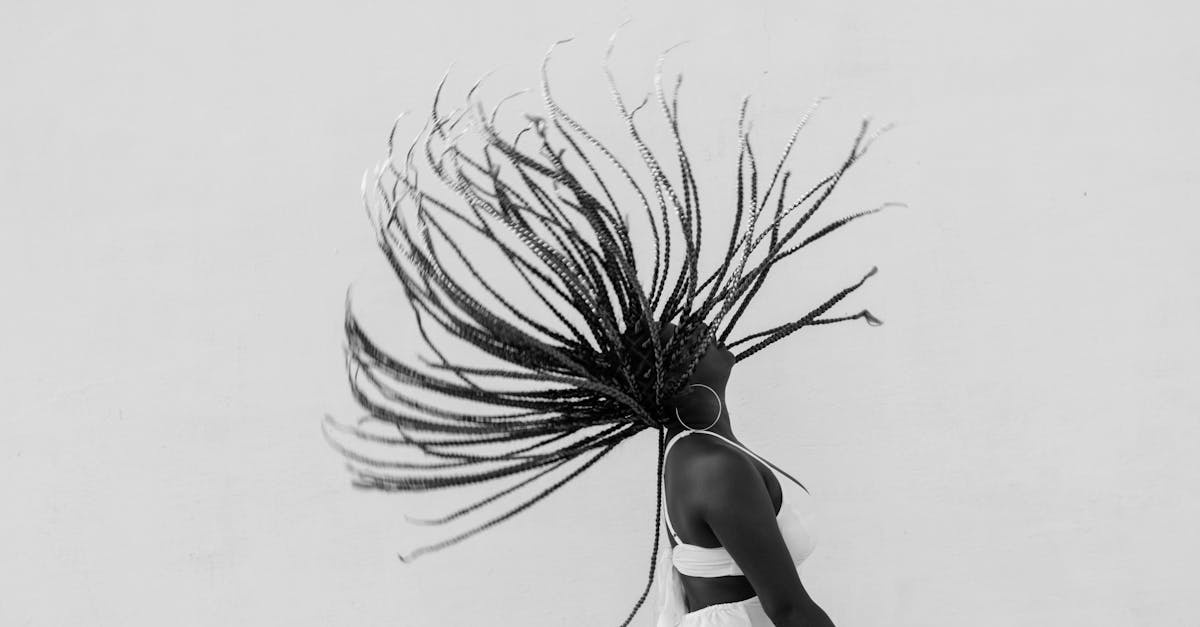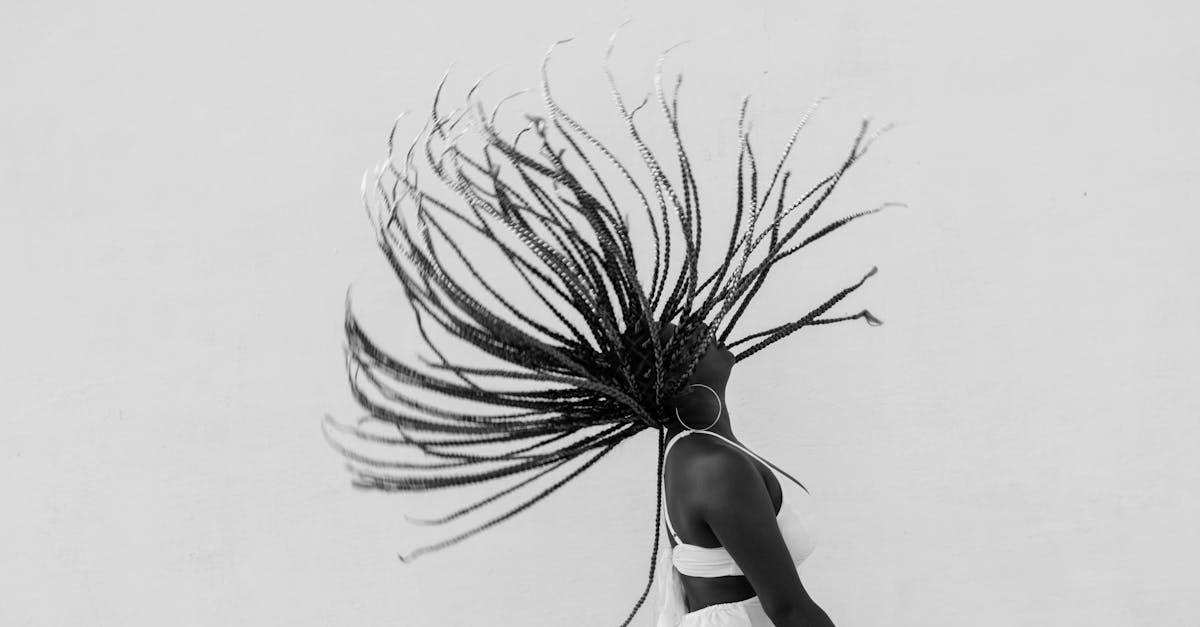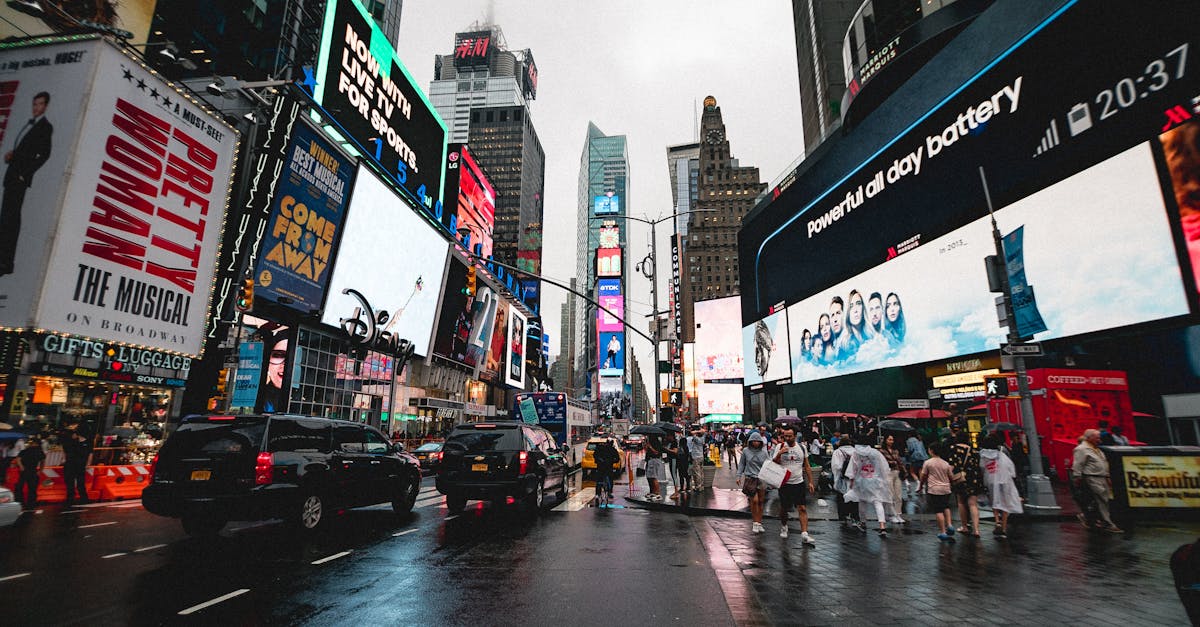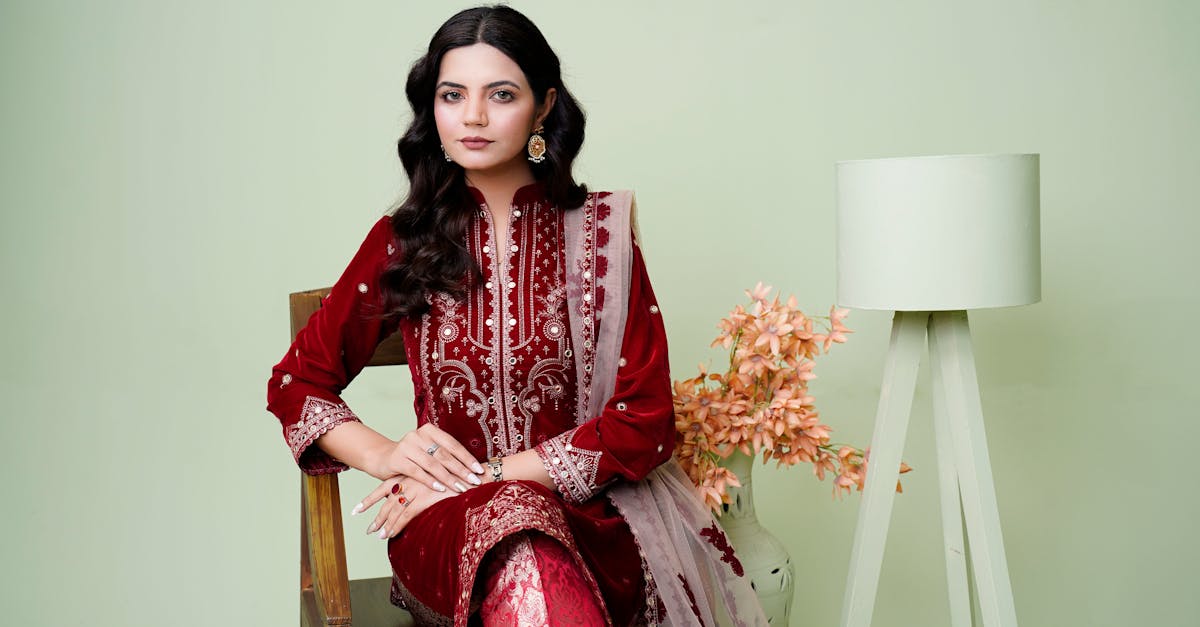Chic Revolutions The Art Of Avant Garde Fashion
Introduction
Avant-garde fashion, often associated with innovation and boundary pushing, reflects the cutting edge of creative expression. This style dismantles traditional norms, presenting a reimagined reality that pushes boundaries of design, culture, and aesthetics. With more artists and designers embracing this genre, it's continuously evolving. But what exactly defines avant-garde fashion? Who are the trailblazers reshaping runway narratives? And how does this revolutionary art form influence mainstream fashion trends? This exploration aims to unravel the essence of modern avant-garde fashion and its cultural significance.
Advertisement
The Origins and Evolution
Avant-garde fashion traces its origins back to early 20th-century artistic movements. Emerging from avant-garde art, which sought to challenge norms, its motifs range from Dada to Surrealism. The intellectual environments of cities like Paris and Berlin provided fertile grounds for ideas that inspired radical designs. Over the decades, designers like Elsa Schiaparelli and Yohji Yamamoto pushed boundaries. Schiaparelli blended fashion and art with her surreal collections, while Yamamoto infused traditional Japanese elements into Western modern attire, fostering a global appeal.
Advertisement
Defining Characteristics
Avant-garde fashion stands apart by rejecting convencional aesthetics in favor of boldness and experimentation. Unpredictable silhouettes, unconventional materials, and intense color palettes typify this style. It moves beyond utility and tradition, frequently incorporating unexpected textures like vinyl, plastic, and unconventional compositions. Designs often serve as social commentary, challenging societal norms and experimenting with gender roles and political ideologies. This avant-garde essence is not just fabric deep but is also an intellectual rebellion expressing individuality.
Advertisement
Notable Designers and Their Contributions
Numerous innovative designers have become emblematic in avant-garde fashion for their groundbreaking contributions. Rei Kawakubo, founder of Commes des Garçons, is celebrated for her abstract forms and defying tradition. Alexander McQueen's collections were both provocative and unmistakably avant-garde, as he explored themes of history and self-destruction. Hussein Chalayan incorporates technology into his designs, creating wearable art pieces that challenge conventions of temporality and space. These visionaries continue to redefine and expand the language of fashion.
Advertisement
The Role of Avant-Garde in Mainstream Fashion
Avant-garde fashion plays an integral role in shaping mainstream aesthetics by influencing high street fashion trends. Many boutique and department store collections feature diluted iterations of conceptual designs seen on avant-garde runways. Runway designs often act as a sourcebook where commercial designers mine for inspiration. Techniques, themes, or distinct aesthetics permeate into consumer fashion, subtly expanding the boundaries of style accessibly. It bridges the gap between radical creativity and commercial viability, ensuring ongoing evolution.
Advertisement
Cultural and Social Impact
Beyond its aesthetic influence, avant-garde fashion encourages critical thought about identity and society. It provokes discourse on what clothing signifies, highlighting issues like gender fluidity, cultural appropriation, and environmental ethics. Performance pieces on runways push audiences to consider fashion as more than wearable attire. By embodying comprehensive social commentaries, avant-garde fashion elevates clothes into conceptual platforms that influence dialogues on cultural narratives and identity politics.
Advertisement
Avant-Garde and Technology
Technology has become an integral component of avant-garde fashion, providing endless possibilities for innovation. Designers are incorporating 3D printing, interactive elements, and advanced textiles to push creative limits. In some collections, garments react to their environments or blend seamlessly with digital projections. This marriage of fashion and technology elevates avant-garde into uncharted territories where designers aren't just creating garments but immersive experiences that redefine human interaction with clothing.
Advertisement
Avant-Garde Fashion Shows as Performance Art
Avant-garde fashion shows absorb the essence of performance art, dramatic and immersive. These events transcend traditional runway presentations, often involving multimedia installations and narrative storytelling. Designers, like Iris van Herpen, create spectacle environments where movement, light, and sound coalesce into an unforgettable experience. By prioritizing storytelling, shows surpass typical presentation forms into theater-like masterpieces, allowing the audience to embark on visceral journeys.
Advertisement
Criticisms and Challenges
As iconoclastic as avant-garde fashion is, it faces criticism for its perceived elitism and accessibility. Outsiders argue its inaccessibility renders it a distant, unwearable art form, only engaging within fashion elitism circuits. Critics often debate its commercial potential, questioning whether it truly caters to consumer needs. Likewise, cultural and political associations can make avant-garde pieces appear polemic rather than aspirational. However, it remains at the vanguard of challenging established norms, continuously evolving to redefine its role within society.
Advertisement
Conclusion
Avant-garde fashion symbolizes the eternal dance between art and attitude, where imagination flourishes without boundaries. Its influence echoes through mainstream channels while asserting its distinct character. While avant-garde fashion challenges societal norms and serves as a powerful medium for cultural commentary, it effortlessly carves a niche in the ever-evolving fashion spectrum. As we embrace this bold new era of style, avant-garde fashion captures the human spirit by persevering in creativity and freedom. As challenges arise, so does the resolve to redefine fashion’s future, transforming clothing from mere garments to calls for change.
Advertisement








